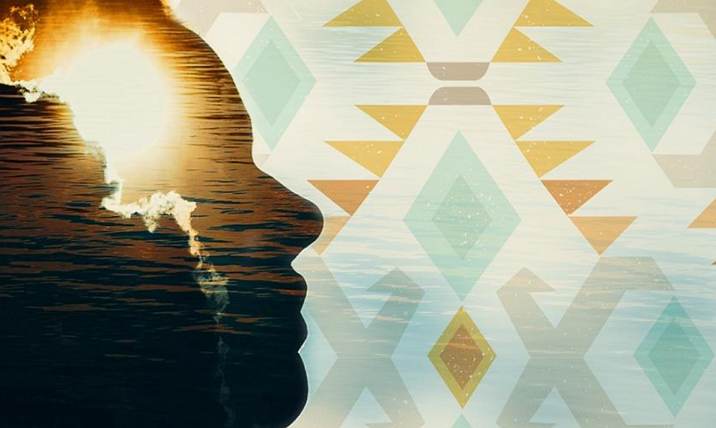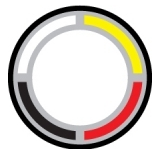
- Details
- By Native News Online Staff
In an effort to increase its enrollment of Native American students, the University of Minnesota on Monday announced an expansion of Native American student tuition support.
Beginning in Fall 2022, the University will offer full tuition waived or reduced tuition on any of its five campuses statewide to first-year undergraduate students and tribal college transfer students who are also enrolled citizens in one of the state’s 11 federally recognized tribal nations.
Want more Native News? Get the free daily newsletter today.
The University of Minnesota Native American Promise Tuition Program expands upon a full tuition waiver program on the University’s Morris campus, which has long been in place through Minnesota statute given the campus property’s history with Native American boarding schools previous to its time as a U of M campus.
“Educational attainment is critical to sustaining healthy and prosperous communities, as well as self-determined citizens. This is a significant step toward more equitably offering the access and opportunities that our students and communities need,” the University’s senior advisor to the President for Native American affairs said.
“For 170 years, our University has focused attentively on the needs of all Minnesotans. Today we are taking a positive step forward in addressing the needs of indigenous peoples with a history that predates this state and institution—a step I sincerely hope will have a lasting impact on Tribal communities,” University President Joan Gabel said. “We have been very honest from my first days as president that we need to better serve citizens of our tribal nations and their communities.”
Specifically, the program will provide a scholarship covering full U of M tuition at the Crookston, Duluth, Morris, Rochester or Twin Cities campus for first-year or tribal college transfer undergraduate students with an annual family income under $75,000. Students from higher-earning families (up to $125,000 annually) will be eligible to receive highly discounted tuition through the program, as much as 80 to 90 percent in many cases.
In addition to being citizens of one of the 11 tribal Nations, qualifying students must come to the University straight from high school or transfer from a Minnesota-based tribal college.
The program will support undergraduate, degree-seeking students who must complete the Free Application for Federal Student Aid (FAFSA) and maintain full-time enrollment, as well as a 2.0 or better cumulative grade-point average. Those interested in more information about the program can visit the Native American Promise Tuition program webpage.
“Tuition benefits for Native American students will provide more access to the University of Minnesota than ever before. This level of financial assistance—along with the necessary support systems to help Native American students find a welcoming place within our University so they can complete their degree and graduate—can dramatically alter the course of an individual’s life,”
As part of the program, the University will also reinforce with students existing student support programs on its campuses, including the Circle of Indigenous Nations, the American Indian Cultural House on the Twin Cities campus, the American Indian Learning Resource Center on the Duluth campus, and American Indian support services on the Morris campus.
More Stories Like This
Hanging a Red Dress for Christmas: MMIP, Native Higher Education, and Hope for a Better New YearNative Students Can Win $5,000 Scholarship, International Distribution in Pendleton Design Contest
American Indian College Fund Raises Alarm Over Plan to Shift Native Programs Away From the Dept. of Education
MacKenzie Scott Foundation Gives $5 Million Contribution to Little Priest Tribal College
Tribal Leaders Push Back on Dismantling of U.S. Department of Education
Help us defend tribal sovereignty.
At Native News Online, our mission is rooted in telling the stories that strengthen sovereignty and uplift Indigenous voices — not just at year’s end, but every single day.
Because of your generosity last year, we were able to keep our reporters on the ground in tribal communities, at national gatherings and in the halls of Congress — covering the issues that matter most to Indian Country: sovereignty, culture, education, health and economic opportunity.
That support sustained us through a tough year in 2025. Now, as we look to the year ahead, we need your help right now to ensure warrior journalism remains strong — reporting that defends tribal sovereignty, amplifies Native truth, and holds power accountable.
 The stakes couldn't be higher. Your support keeps Native voices heard, Native stories told and Native sovereignty defended.
The stakes couldn't be higher. Your support keeps Native voices heard, Native stories told and Native sovereignty defended.
Stand with Warrior Journalism today.
Levi Rickert (Potawatomi), Editor & Publisher

